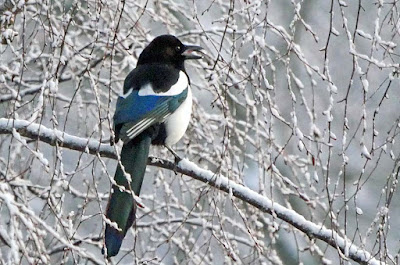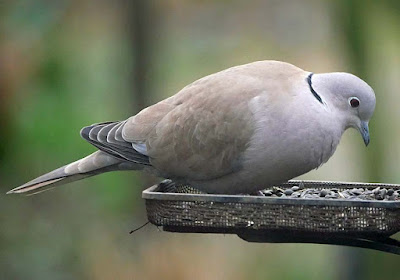It has been a hesitant spring here in County Durham, in the North Pennines, but a few wild flowers are beginning to bloom. Here are some from the first half of March.
Butterbur, beside the river Tyne in Hexham yesterday
Elm flowering on the edge of woodland near Wolsingham, Weardale
Opposite-leaved golden saxifrage, in Teesdale and at Hexham in Tynedale
Hairy bittercress, infesting my garden and already producing seed pods
Primroses in the snow in my garden
Wood anemones in woodland beside the river Tees at Egglestone
Barren strawberry growing in an old wall in Teesdale
Some early blackthorn blossom, from the beginning of the month
Cherry-plum at Willington in the Wear valley. The earliest blossom was damaged by freezing temperatures and snow
Male flowers of dog's mercury, in a woodland in Teesdale
Stinking hellebore flowering near Hawthorn Dene on the Durham coast, at the beginning of the month
Winter aconites flowered at the end of February and had run to seed by early March. These are in the churchyard at Wolsingham in Weardale.
Dog violets, flowering in my garden today












































































